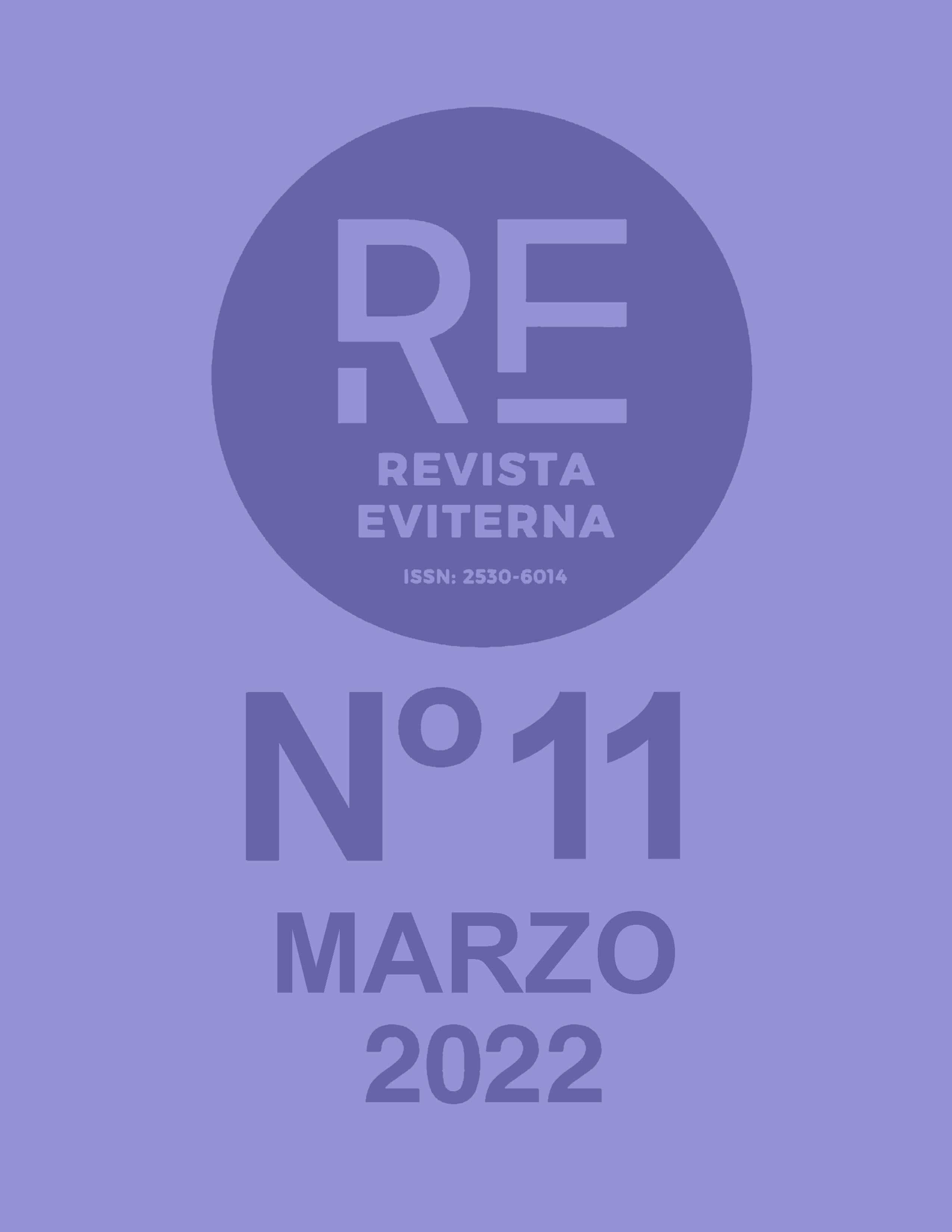The suffocating charm of the bourgesie
Tragedy and shipwreck of civiization in The exterminating angel by Luis Bunuel
DOI:
https://doi.org/10.24310/Eviternare.vi11.14194Keywords:
Confientment, script, masonery, mystery, horrorAbstract
In 1962 Luis Buñuel filmed in Mexico The Exterminating Angel, a plotline he had started working on in the 1940s. Starting from the comparative analysis between the technical script written and handled by Buñuel during the filming and the film, an analysis is proposed about the nuclear themes of this filme, specially those in which the author wanted to emphasize, his motives, his origin and the connections of the piece as a whole. In one of the most critical moments of the Cold War, Buñuel builded a crude portrait of bourgeois conventions, assumed as the norm that sustained the stabilized order and the cause of immobility and inaccion of a society determined on ignoring real problems that they must face. It portrays the bourgeoisie confined in a mysterious mansion, like castaways of a civilization that, after the tragedies lived during the II World War, chooses to repeat their mistakes and drown. This story goes through constant allusions to the book of the Apocalypse, both literal and suggested, a world scarred by the plagues (both moral and physical) that desolate this civilization. To feed this atmosphere, Buñuel wanted to use strategies and horror movie themes that he knew and that he himself had rehearsed in some previous scripts. Very tightly associated with the idea of the mystery, he introduced in the movie multiple masonry allusions to pay tribute through them to his friend Juan Vincens. Definitely, in structural and thematic terms, Buñuel tried to transmit his doubts about the advances of civilization, while he insisted on the mysterious and inscrutable condition of existence.
Downloads
Metrics
Publication Facts
Reviewer profiles N/A
Author statements
Indexed in
-
—
- Academic society
- N/A
- Publisher
- Universidad de Málaga
References
Aub, Max (1985). Conversaciones con Buñuel. Madrid: Aguilar.
--- (2019). Buñuel. Todas las conversaciones. Zaragoza: Prensas de la Universidad.
Buñuel, L. (1982). Obra literaria. Zaragoza: Heraldo de Aragón.
--- (1996). Mi último suspiro. Barcelona: Plaza & Janés.
Desnos, R. (1966). Cinéma. Textes réunis et présentés par André Tchernis. París: Gallimard.
García Riera, E. (1973). Historia documental del cine mexicano. Volumen VIII. México DF: Era.
Gubern, R. (2005). Las fuentes de Un perro andaluz en la obra de Dalí. En AA. VV: Ola Pepín! Dalí, Lorca y Buñuel en la Residencia de Estudiantes. Madrid: Fundación Caixa Catalunya-Residencia de Estudiantes.
--- (2006). Proyector de luna. La Generación del 27 y el cine. Barcelona: Anagrama.
Martín, F. G. (2010). El ermitaño errante. Buñuel en Estados Unidos. Murcia: Filmoteca Regional Francisco Rabal.
Pérez Turrent, T. & de la Colina, J. (1999). Buñuel por Buñuel. Madrid: Plot.
Sánchez Vidal, A. (1982). Notas. En Buñuel, L. Obra literaria. Zaragoza: Heraldo de Aragón.
--- (1984), Luis Buñuel. Obra cinematográfica. Madrid: JC.
--- (1993), El mundo de Buñuel. Zaragoza: CAI.
--- (2000). Buñuel, Lorca, Dalí. El enigma sin fin. Barcelona: Planeta.
--- (2009). Transferencias. En AA.VV., Un perro andaluz 80 años después. Vol I. Madrid: SECC.
Fuentes documentales
Buñuel. (1945). Hallucinations about a dead hand. Filmoteca Española/Archivo Buñuel 5271, 1 a 4.
Buñuel, L y Rubia Barcia, J. (1946). La novia de los ojos deslumbrados. Archivo General de la Nación de México. Fondo Instrucción Pública y Bellas Artes. Sección Propiedad Artística y Literaria, número de registro 840.
Buñuel, L. y Alcoriza, L. (1962). El ángel exterminador. Filmoteca Española/Archivo Buñuel 527.
Downloads
Published
How to Cite
Issue
Section
License
All the contents published in Revista Eviterna are subject to the Creative Commons Reconocimento-NoComercia-Compartirigual 4.0 license, the full text of which can be found at <http://creativecommons.org/licenses/by-nc-sa/4.0>
They may be copied, used, disseminated, transmitted and publicly exposed, provided that:
The authorship and original source of your publication (Journal, editorial and URL of the work) are cited.
They are not used for commercial purposes.
The existence and specifications of this use license are mentioned.

Copyright is of two kinds: moral rights and patrimonial rights. Moral rights are perpetual, inalienable, inalienable, inalienable, inalienable and imprescriptible prerogatives.
In accordance with copyright legislation, Revista Eviterna recognizes and respects the moral rights of the authors, as well as the ownership of the economic right, which will be transferred to the University of Malaga for dissemination in open access.
The economic rights refer to the benefits obtained by the use or disclosure of the works. Revista Eviterna is published in open access and is exclusively authorized to carry out or authorize by any means the use, distribution, disclosure, reproduction, adaptation, translation or transformation of the work.
It is the responsibility of the authors to obtain the necessary permissions of the images that are subject to copyright.







12.png)



